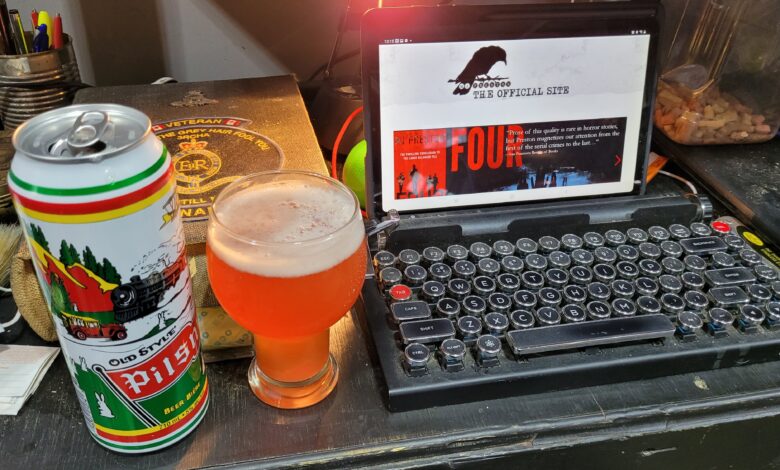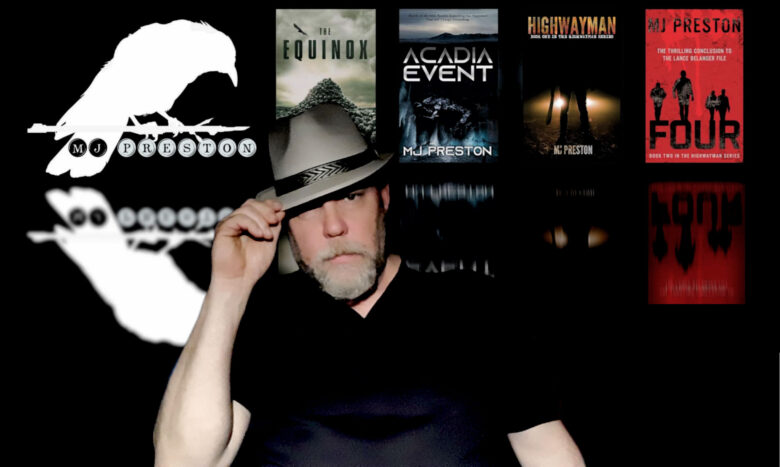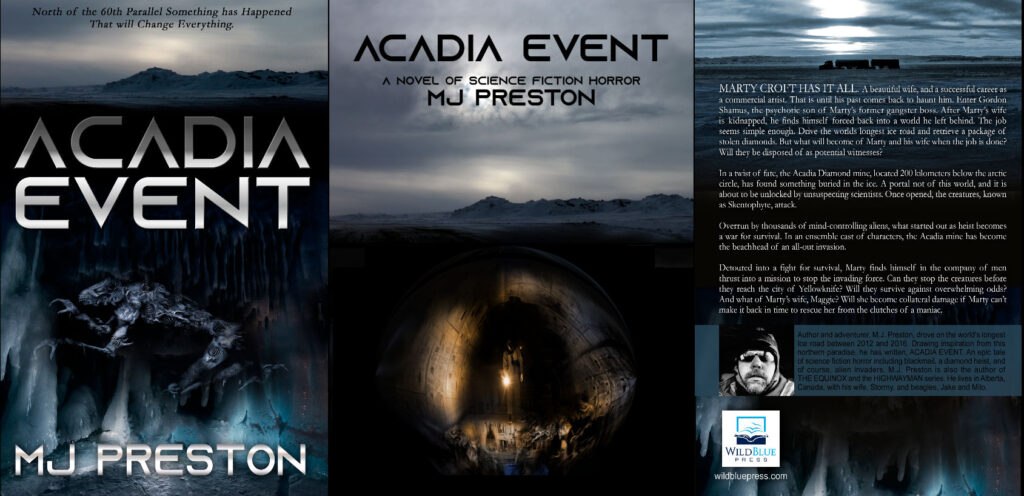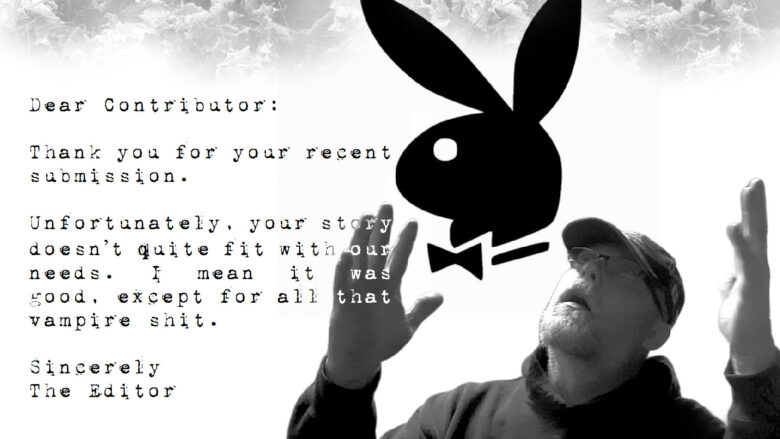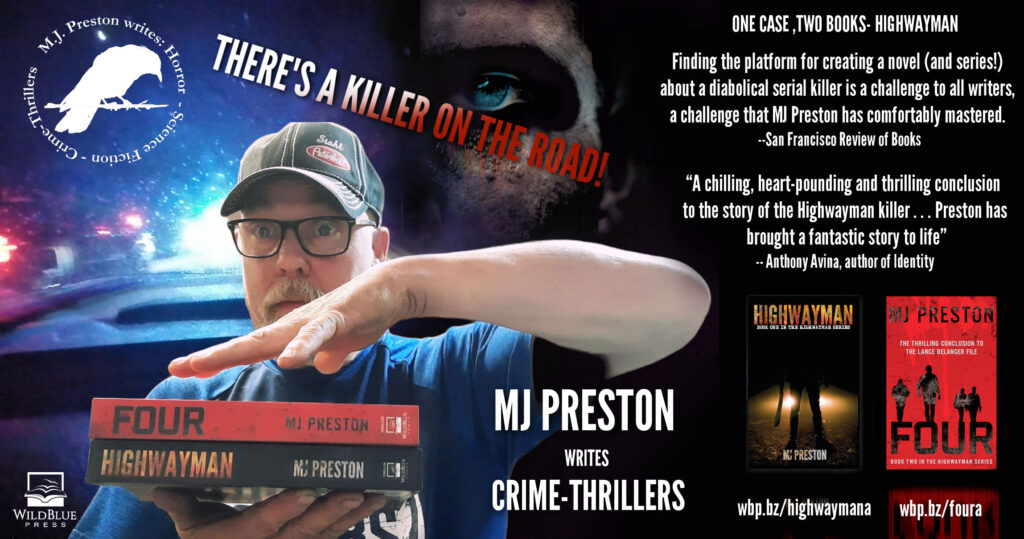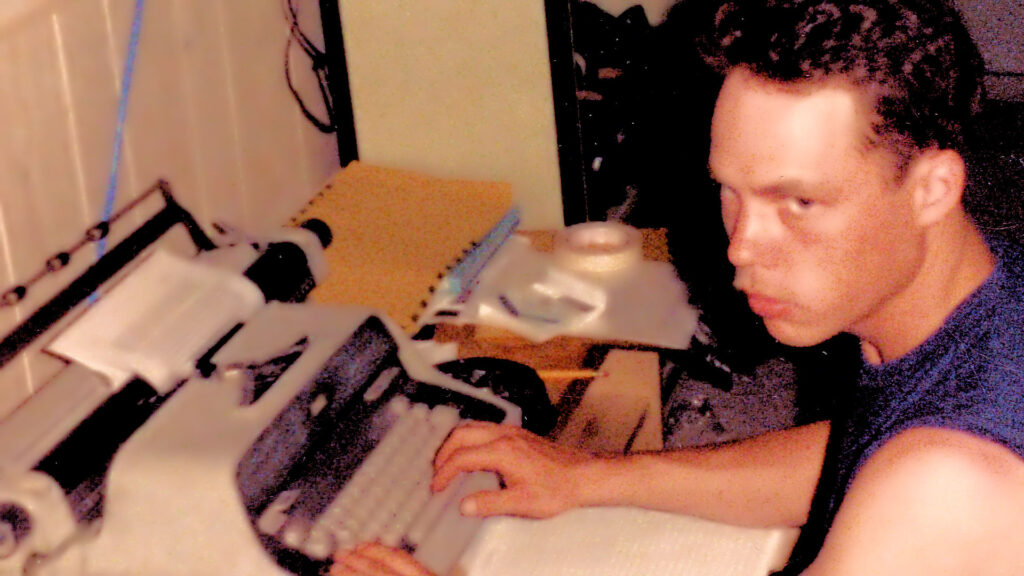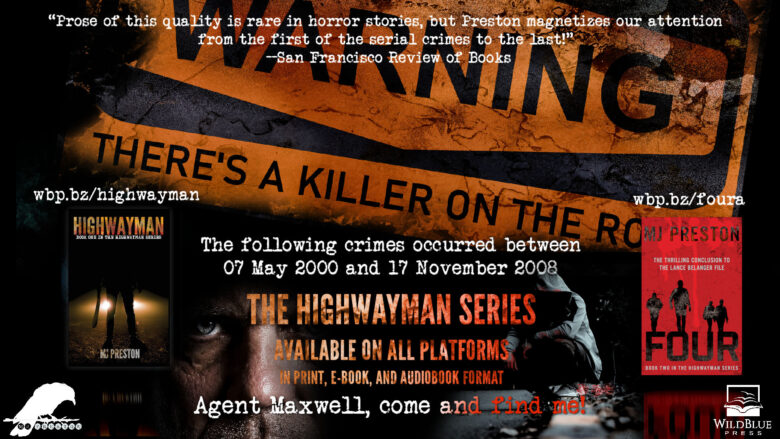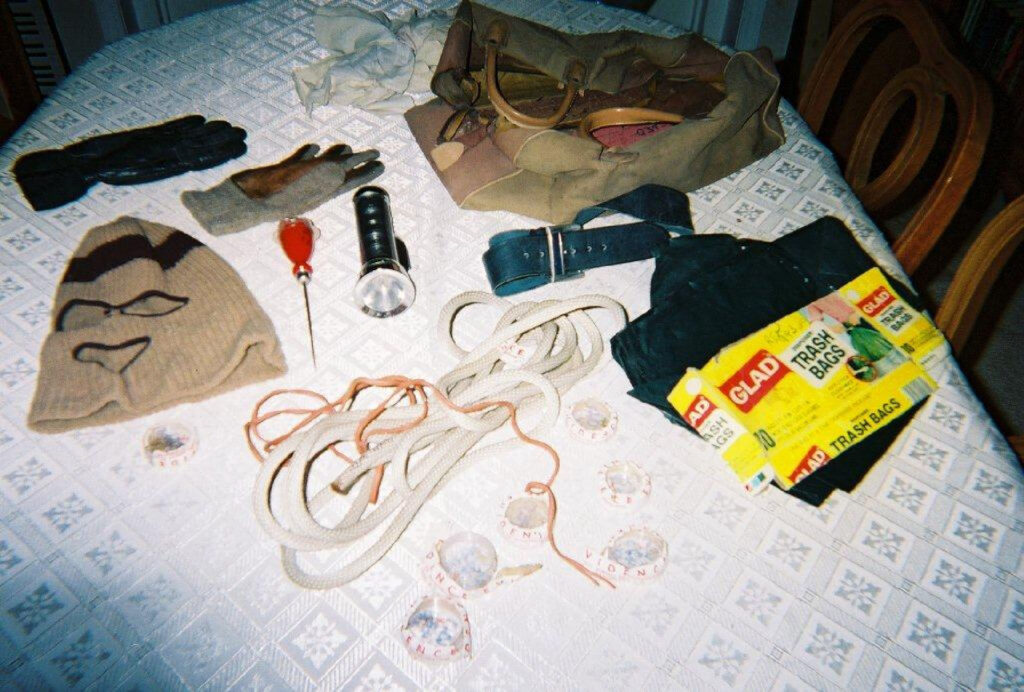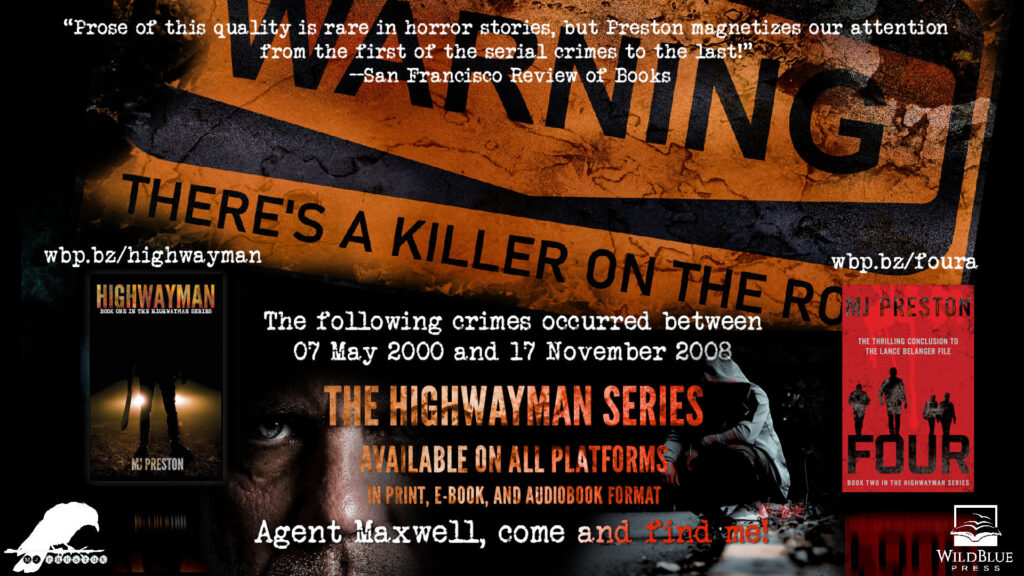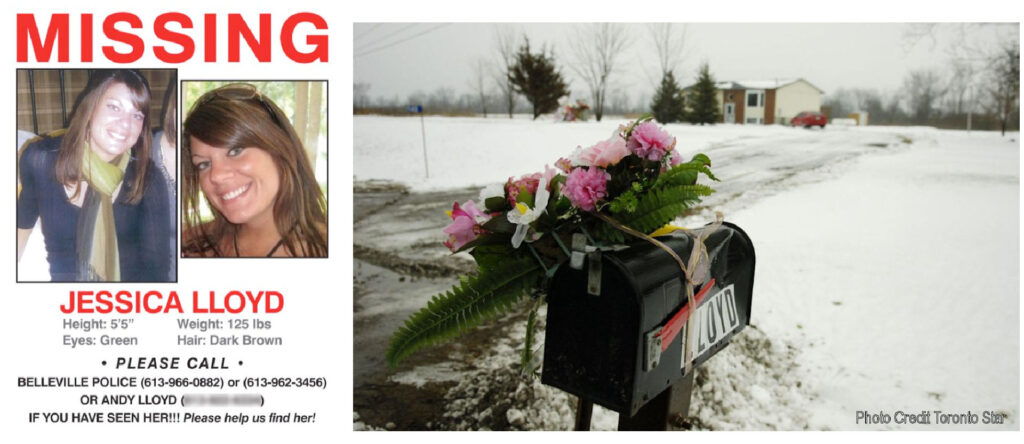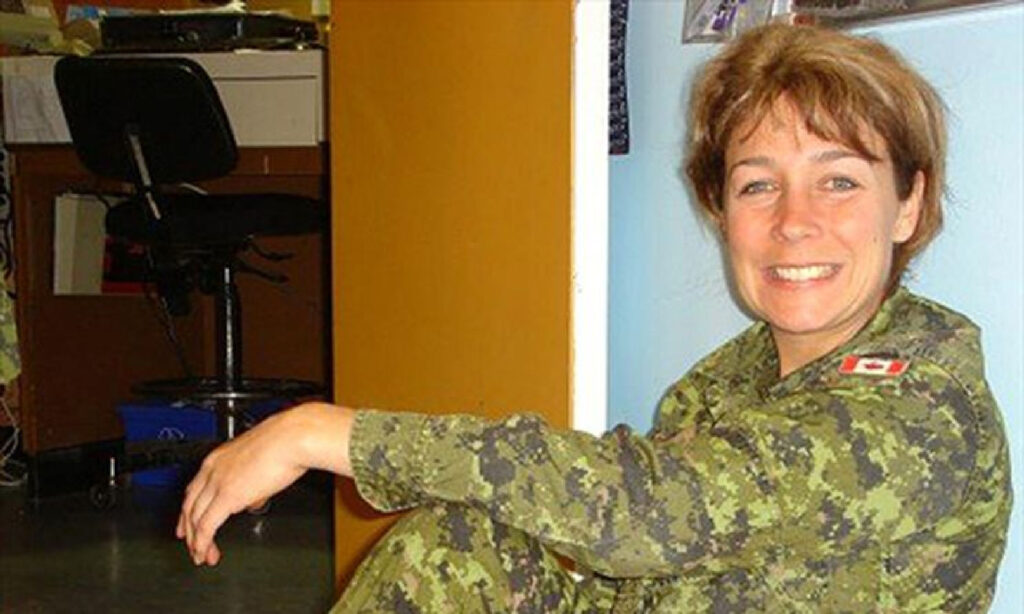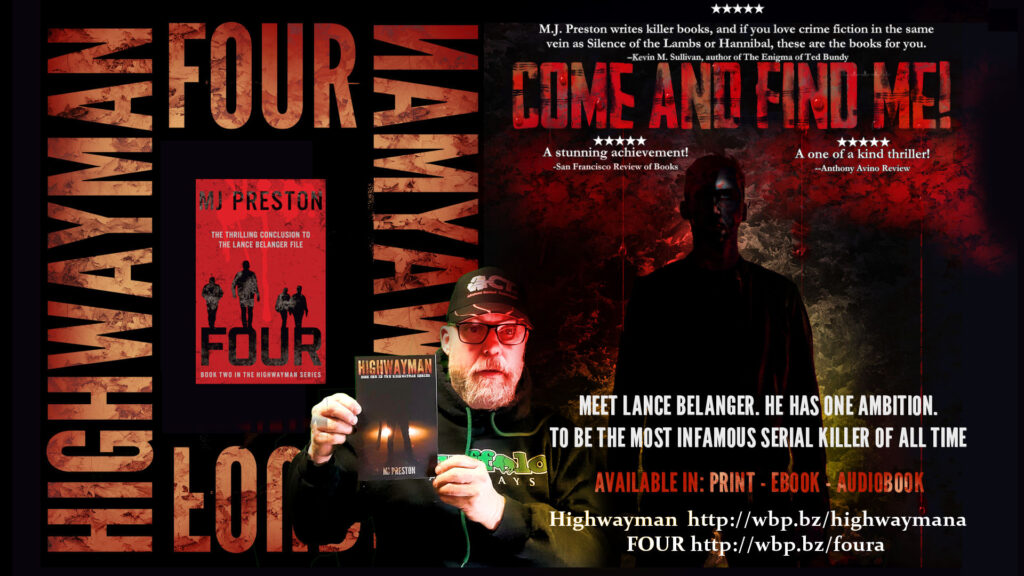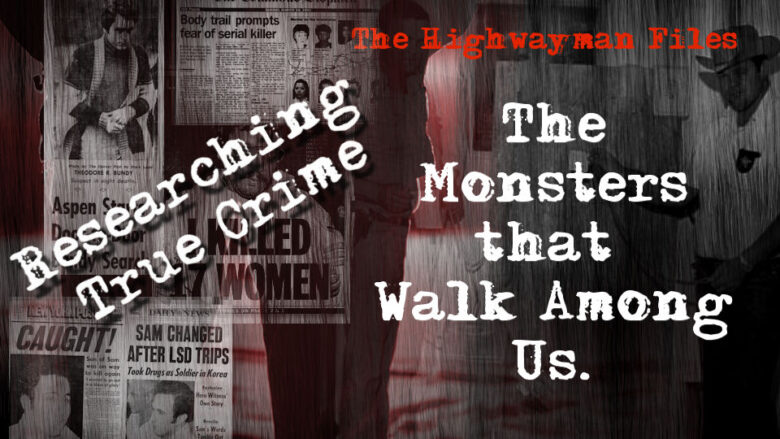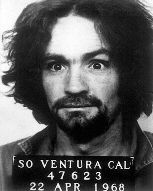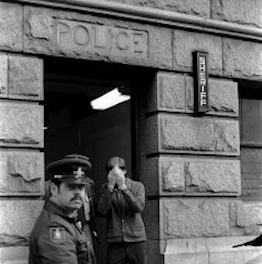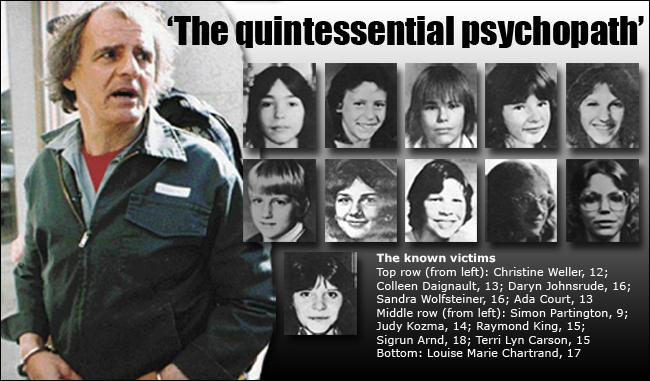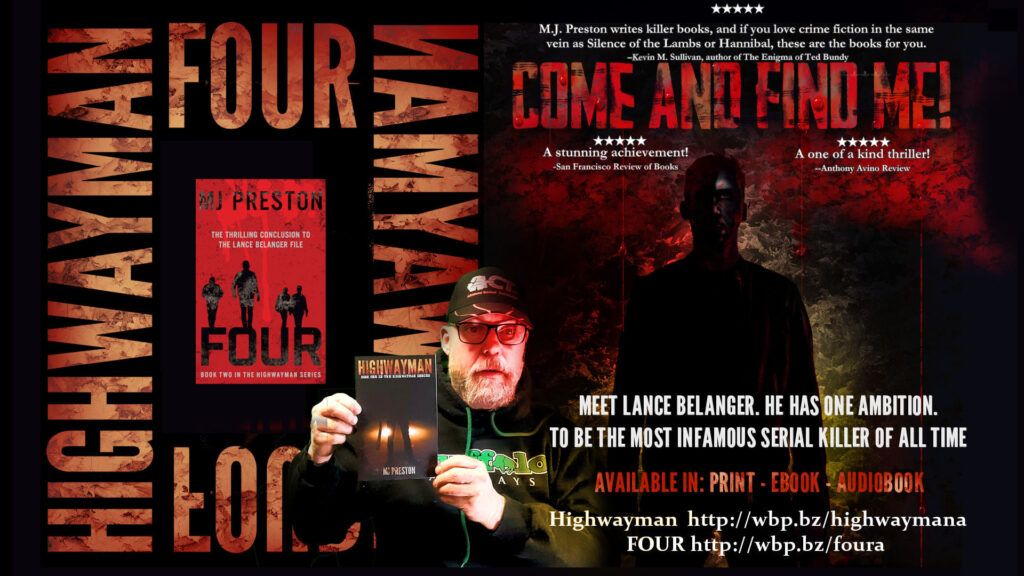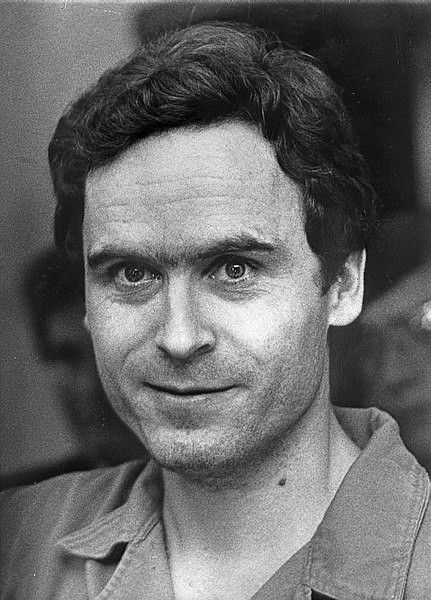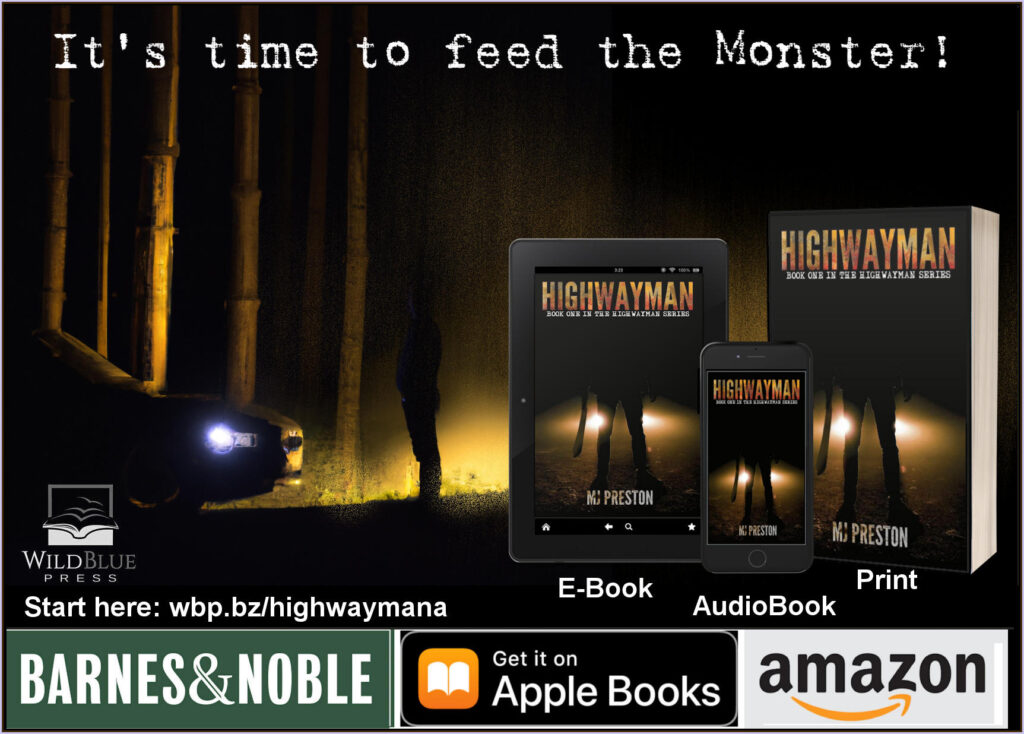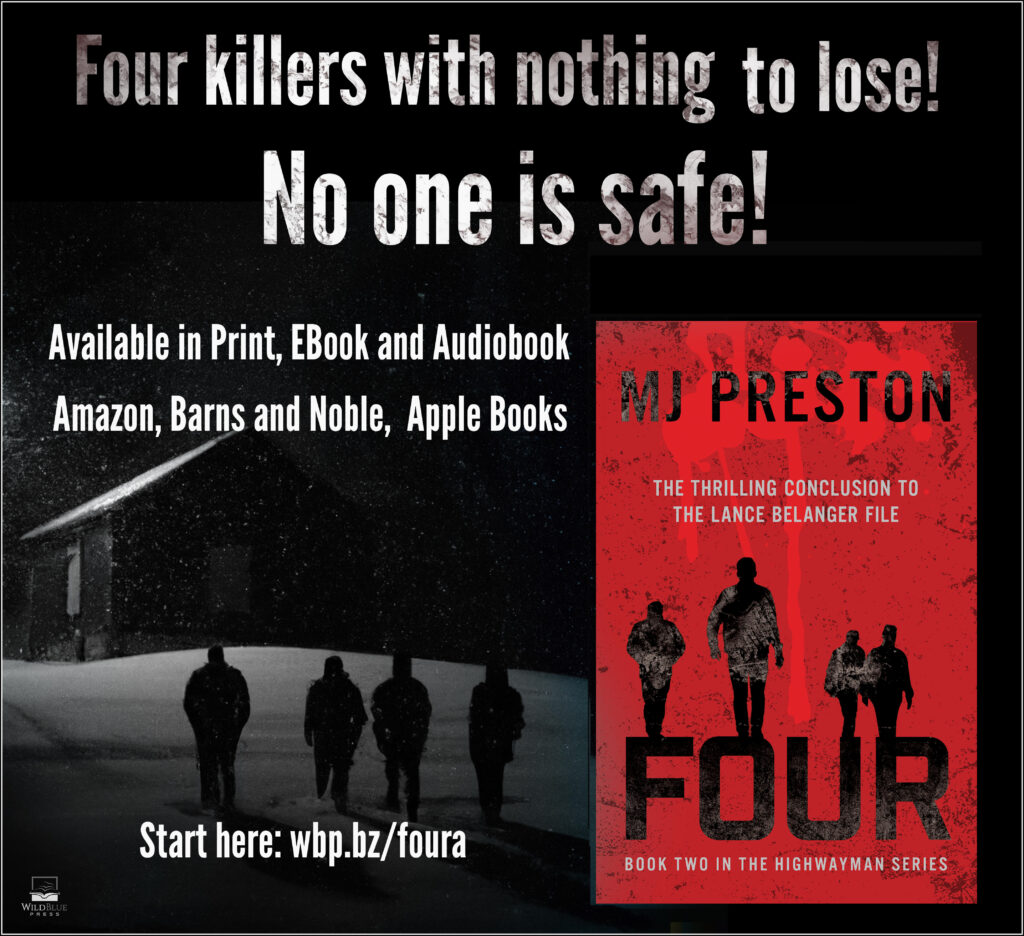I’m not a huge fan of Old Style Pilsner, but I feel inclined to have the prairie beer from time to time as a reminder that I live on the prairies. As if the winters weren’t enough reminder?
So, here we are in 2022, the wreck of two previous years sinking behind us like two pieces of the Titanic. I’m not going to recap all the weird effed up stuff we all saw happen both north and south of the border. The pandemic, of course, sucked. But what sucked more was the division among people based on polarization. Even more disheartening was watching politicians of all stripe exploiting the pandemic.
So, lot’s of crappy stuff happpened this year and if I wanted to get down and dirty I could pull out my list and start checking off all the bullet points. But I’m not going to do that, I’m going to tell you about the good stuff. I’ll start by saying I am married to the most wonderful woman in the world. My pet name for her is, Stormy. She has been the love of my life for 39 years as I approach my 57th year on this earth. We met young, fell in love, and I joined the army to find us some kind of a future. The military didn’t pay well, but it offered stability. Every year we ran our credit cards up to buy our kids Christmas presents. We would use our tax refund to pay the credit card bills and so the cycle went year after year. Stormy and I were working poor, with three boys, and few options, she took care of those boys while I was off training with the regiment. We did what we could and 39 years later, here we are.
After being medically released she supported me in the toughest year of my life. Transition from soldier to civilian can be a difficult process, I don’t know what I would have done if she gave up on me? I just know she didn’t and she was my rock. Trucking offered more money, our kids grew moved out. We sacrificed, time for the dollar.

Stormy just before I met her.
Where the hell did the time go?
This year, more than ever, I am so thankful to have her by my side. Stormy has always been there for me, through the toughest times, we lived and we loved, and I love her with all my heart. So that would be number 1 on the great things about 2021. I still have the love of my life at my side.
Also in 2022, I fell head over heals for a blonde named Rachel Paige. She is the apple of my eye. Her brother, Declan also stole my heart as does my oldest grandson, Hunter. In 2021, I was happy to see the appearance of two more grandkids. My grandson, Fisher and second granddaughter, Katey Ann. At the risk of sounding philosophical, no matter the state of events, pandemics, wars, hate, or even fear, love and life always finds a way because all that other stuff is bullshit.
That is my closing statement on a tough year, and in the face of an uncertain 2022. Take stock of the things most important. Not everything goes our way, but if you keep your eye on the positive it makes navigating the negative a bit easier.
I am also thankful for my family and friends who never cease to amaze me.
Happy 2022!
Thanks for listening, and love the one your with.
MJ
PS
Jake and Milo also wish you a Happy New Year.

